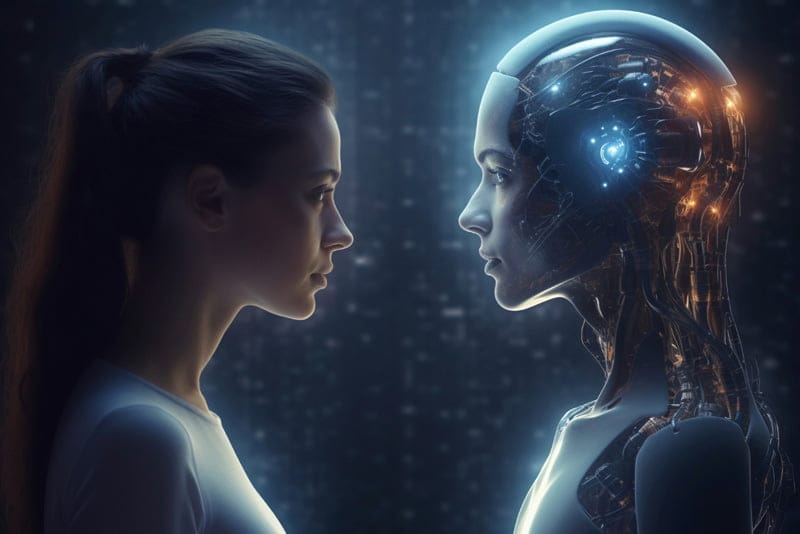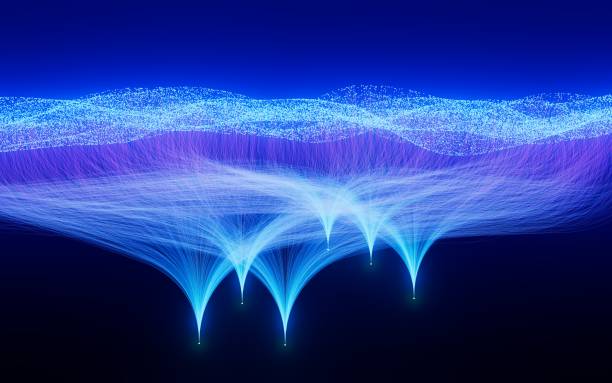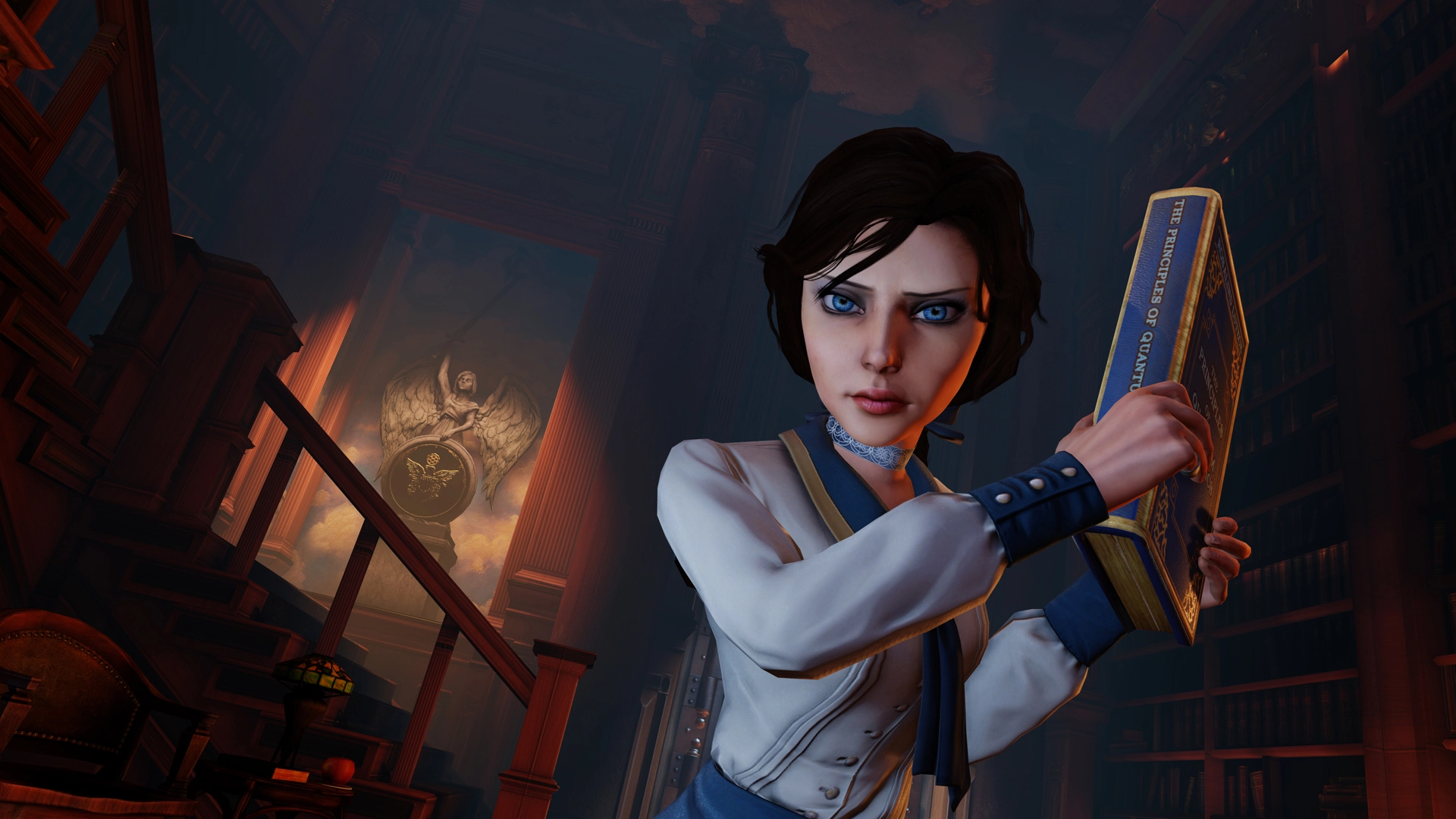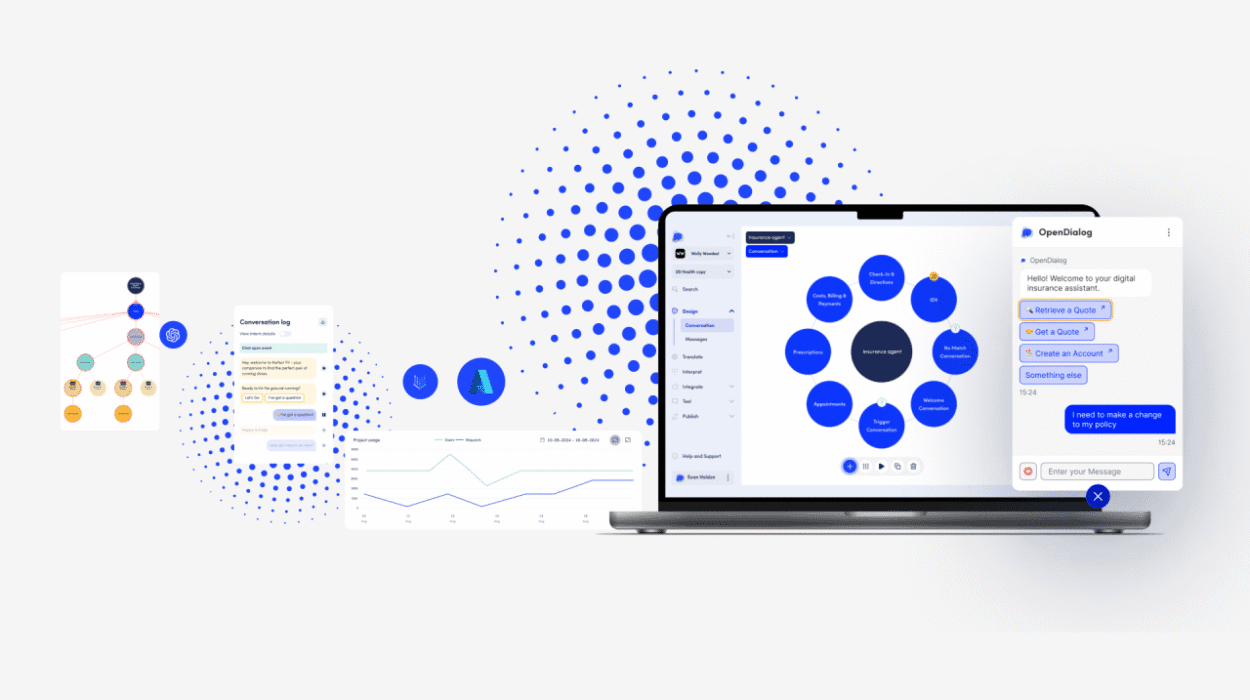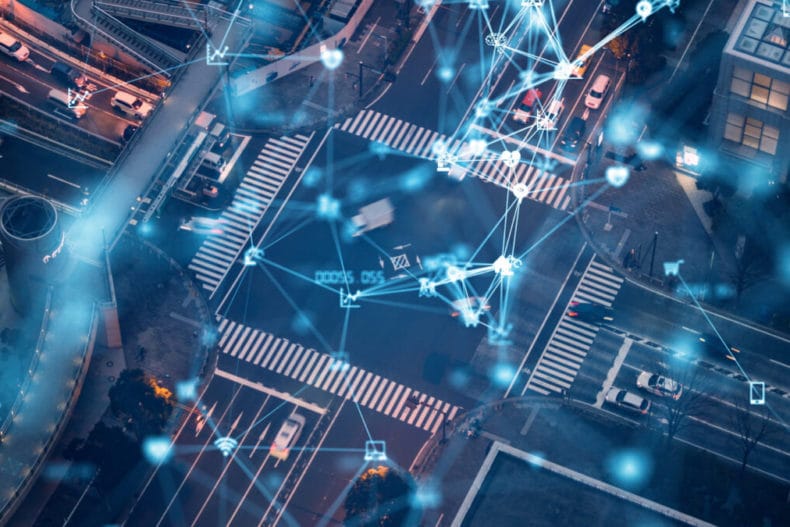In the vast, humming landscape of modern technology, artificial intelligence stands like a gleaming tower — a creation of human ingenuity that mirrors, mimics, and sometimes outpaces the very minds that built it. It crunches data in milliseconds, weaves predictions out of probability, and generates language that can charm, inform, and persuade. To some, AI feels like the next great evolutionary leap; to others, it is a shadow in the corner of the room, watching, learning, growing.
Yet, for all its dazzling capability, AI is not human. And humans — messy, irrational, imaginative — are not machines. The contrast between the two is not just technical; it is philosophical, emotional, even poetic. To compare them is to look at two very different kinds of intelligence, each with strengths, weaknesses, and mysteries that cannot be fully captured in equations.
The Origins: Evolution vs. Engineering
Human intelligence is the product of millions of years of evolution. From the first spark of awareness in early hominids to the sprawling civilizations of today, our minds were shaped not by design but by the chaotic, blind forces of natural selection. Every neuron, every reflex, every flash of insight is the result of countless generations adapting to survive.
Artificial intelligence, in contrast, is a deliberate creation. It is the product of algorithms, data, and human ingenuity, assembled piece by piece. If the human brain is a wild forest grown over eons, AI is a meticulously cultivated garden, designed with purpose — but also bounded by the limitations of its blueprint. AI’s abilities depend on the goals its creators set, the data it is trained on, and the mathematical architectures that govern its behavior.
This fundamental difference in origin is more than history — it’s a clue to why humans and AI diverge so sharply in what they can do, how they think, and how they fail.
The Nature of Learning
A human baby comes into the world with an unfinished brain, but one wired for learning in ways no machine can yet match. A child can see a dog once, hear the word “dog,” and connect the concept forever. Learning for humans is an intricate blend of sensory input, emotional association, and social reinforcement. We learn not only from data but from stories, from mistakes, from feelings that defy logic.
AI learns in a way that is, at its core, very different. Machine learning models are fed vast oceans of data — sometimes billions of examples — and adjust internal mathematical parameters until patterns emerge. The process is statistical, not experiential. If you show an AI a single dog, it will not “know” what a dog is. It must see thousands, in countless variations, before it can reliably identify one. And even then, its “knowledge” is not a rich mental image but a weighted network of probabilities.
Humans learn with astonishing efficiency because our brains evolved to detect meaning, not just patterns. We are storytellers, framing new information in the context of old memories. We can make leaps of inference from sparse evidence — something AI still struggles to achieve without massive computational force.
The Role of Emotion in Intelligence
One of the most profound differences between AI and human intelligence lies in emotion. To a machine, emotion is data — measurable, categorizable, and ultimately external. It can detect a smile, analyze the tone of a voice, or estimate happiness from word choice. But it does not feel any of these things.
For humans, emotion is not an accessory to thought; it is woven into the very fabric of cognition. Feelings influence our decisions, shape our memories, and color our perception of reality. Fear sharpens attention. Joy opens the mind to new ideas. Sadness can deepen reflection. Love can override every rational calculation.
This emotional dimension gives human intelligence a depth AI cannot replicate. It allows us to value experiences that make no logical sense — to choose a life path not because it is optimal, but because it feels meaningful. It’s why a person might spend hours painting a canvas they will never sell, or risk their life for a stranger.
Without emotion, AI lacks the capacity for intrinsic motivation. It will never write a poem out of heartbreak or change careers out of a sudden existential crisis. It will produce what it has been designed to produce, indifferent to the beauty or tragedy of the outcome.
Creativity and the Spark of Imagination
AI can generate art, music, and literature at impressive speeds. It can remix styles, invent melodies, and even produce visual masterpieces that evoke awe. But is this creativity in the human sense?
Human creativity often arises from constraints, contradictions, and the collision of disparate ideas. It is not just about producing something new, but about expressing something deeply personal — a thought, a feeling, a vision of the world that is uniquely one’s own.
AI’s “creativity” is fundamentally a reassembly of learned patterns. When it writes a story, it draws on vast libraries of text, recombining elements in ways that seem original but are ultimately derivative. It can surprise us, but it does not surprise itself. It does not know the thrill of an unexpected breakthrough or the frustration of a blank page.
And yet, the line is not entirely clear. As AI systems become more complex, they sometimes produce results that even their creators cannot fully explain — outcomes that appear, at least from the outside, to have a glimmer of the unexpected spark we associate with creativity. Whether this is true innovation or simply very sophisticated pattern-matching is a question that continues to stir debate.
Consciousness and Self-Awareness
At the heart of the human experience is consciousness — the subjective awareness of being, of existing in the flow of time. We not only process information; we know that we are processing it. We can reflect on our own thoughts, imagine the thoughts of others, and contemplate the nature of thought itself.
AI, as we understand it today, has no such self-awareness. It can simulate conversation, adopt a persona, or answer questions about its own “behavior,” but this is not the same as having an inner life. There is no “I” behind its responses, no subjective point of view.
This gap is not just philosophical. Consciousness influences how humans prioritize, how we assign value, and how we relate to one another. Without it, AI cannot truly participate in the moral and emotional dimensions of human life.
Speed, Scale, and Precision
In certain domains, AI outstrips human capability by orders of magnitude. It can analyze terabytes of data in seconds, recognize patterns invisible to human perception, and execute tasks without fatigue. An AI can scan millions of medical images and spot subtle indicators of disease with extraordinary accuracy. It can optimize complex supply chains in ways no human planner could manage in a lifetime.
Humans, by contrast, are slow, error-prone, and limited in memory and processing power. We forget names, overlook details, and get distracted by hunger or fatigue. Yet our limitations are paired with flexibility. We can adapt to entirely new situations without retraining. We can improvise when the rules change. AI must be explicitly updated or retrained to adjust to a new environment.
In this sense, AI’s advantage in speed is counterbalanced by humanity’s advantage in adaptability. The fastest calculator cannot beat a person at inventing the concept of a calculator in the first place.
Bias, Error, and Judgment
Neither human nor artificial intelligence is free from bias. Humans inherit biases from evolution, culture, and personal experience. These biases can cloud judgment but also serve as shortcuts that help us navigate a complex world.
AI, too, inherits biases — but from data. If the data used to train an AI reflects historical prejudice or skewed representation, the AI will reproduce and even amplify those biases. The danger here is that AI’s authority can mask its errors; people may assume its outputs are objective simply because they come from a machine.
Humans, at least, can sometimes recognize and consciously challenge their own biases. AI cannot decide to be fairer or more ethical unless we program it to do so — and even then, its sense of “fairness” is only as good as the definitions we provide.
Purpose and Meaning
Perhaps the deepest difference between AI and human intelligence lies in purpose. Humans seek meaning. We wonder why we exist, what we should do, and how we should live. Our choices are shaped not only by survival needs but by ideals, dreams, and moral convictions.
AI does not seek. It does not wonder. It does not care whether its task is noble or trivial. It simply optimizes for the objective it has been given, whether that is predicting the next word in a sentence or identifying tumors in a scan.
This absence of intrinsic purpose means that AI’s role in society will always be defined by human intent. We decide whether it becomes a tool for creation, a weapon for destruction, or something in between. The intelligence is artificial; the responsibility is ours.
The Road Ahead: Collaboration, Not Competition
As AI grows more capable, some fear it will replace human intelligence altogether. But the more we understand the differences between the two, the clearer it becomes that their strengths are complementary. AI excels at scale, speed, and precision; humans excel at intuition, ethics, and emotional connection.
The future may not be a battle between machine and mind, but a partnership. Imagine a scientist working alongside an AI that can instantly process all known research, leaving the human free to focus on framing new hypotheses. Picture an artist who uses AI as a collaborator, generating raw material that they then refine with their own sensibility.
Such collaborations will not erase the differences between us and our creations — but they might make those differences the foundation of something greater than either could achieve alone.
Conclusion: Two Kinds of Wonder
In the end, AI and human intelligence are not two versions of the same thing, but two different kinds of wonder. One is born of circuits, code, and colossal datasets; the other from the tangled miracle of evolution, shaped by joy, pain, and the endless search for meaning.
AI can help us see patterns we could never have noticed, solve problems we could never have solved alone. But only humans can ask, in the quiet of the night, “What do these patterns mean? And what should we do with the answers?”
The challenge — and the opportunity — is to let each kind of intelligence illuminate the other, without forgetting which one can feel the weight of a sunset, or hear in the silence between words the unspoken music of being alive.
